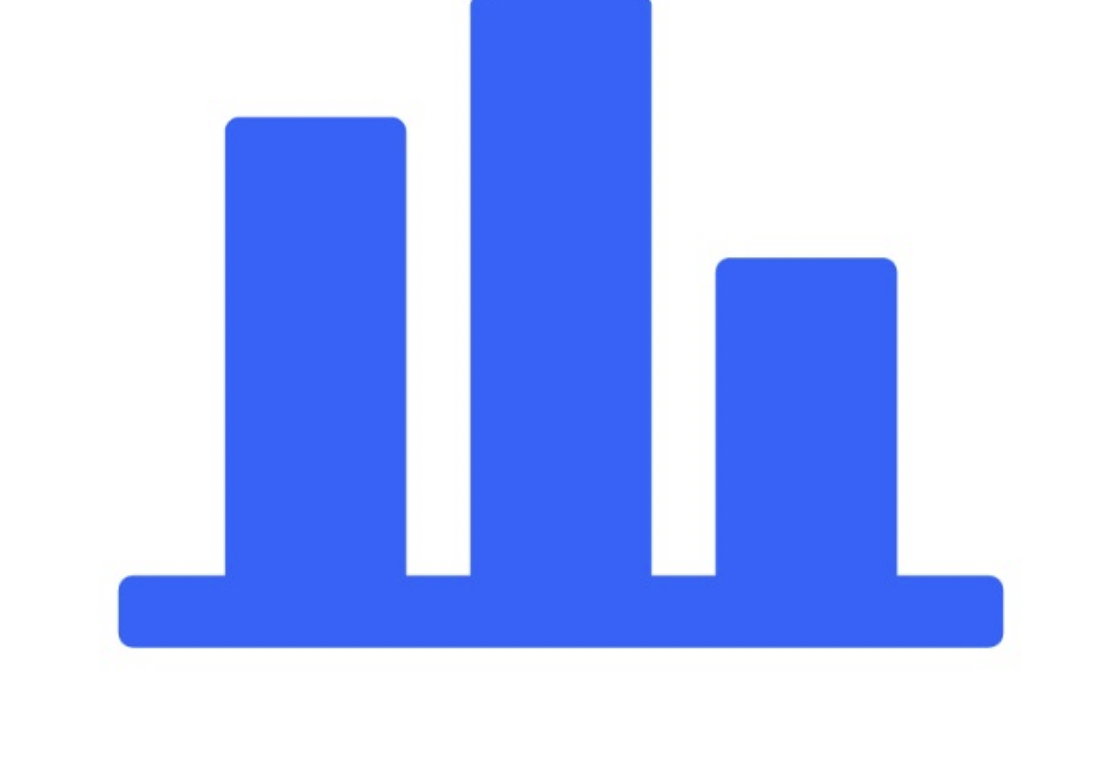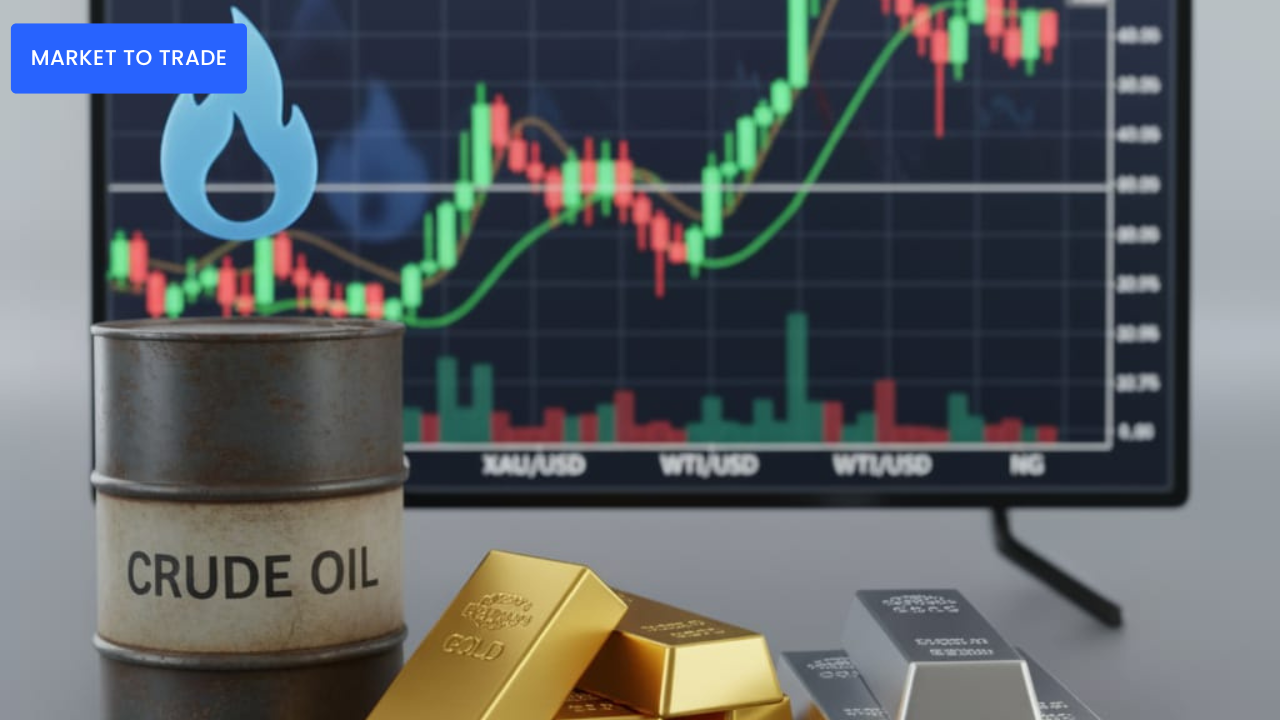Exploring Gold, Oil, and the World’s Most Valuable Resources
Before there were stocks or digital currencies, people traded something much simpler — commodities.
These are the raw materials that power the global economy: gold, oil, wheat, coffee, silver, and natural gas.
Commodities have been traded for centuries, and even in today’s digital world, they remain essential for traders looking to diversify, hedge, and find safe-haven opportunities.
At Holo Forex, we help traders understand how commodities work — and how to trade them wisely alongside Forex and other markets.
1. What Are Commodities?
A commodity is a basic good or raw material used in everyday life — from food and fuel to metals and technology components.
Unlike company stocks or currencies, commodities derive value from real-world demand and supply.
Types of Commodities
Commodities are grouped into two main categories:
Soft Commodities
These are agricultural or livestock-based products that are grown, not mined.
Examples: Coffee, sugar, cotton, corn, wheat, soybeans.
Hard Commodities
These are natural resources that are mined or extracted from the earth.
Examples: Gold, silver, oil, copper, natural gas.
2. Why Trade Commodities?
Commodities offer something unique: they’re tangible, globally demanded, and often move differently from currencies or stocks.
Key Reasons Traders Love Commodities
✅ Diversification – They balance a portfolio of Forex or stock trades.
✅ Safe-Haven Appeal – Precious metals like gold often rise when markets fall.
✅ Inflation Hedge – Commodity prices tend to rise during inflation.
✅ High Volatility – Price swings create short-term trading opportunities.
Example:
When stock markets drop, gold prices often surge as investors seek safety — giving commodity traders a chance to profit from market fear.
3. Popular Commodities to Trade
Let’s look at some of the most actively traded commodities worldwide and what drives their prices.
Gold (XAU/USD)
Known as the “king of safe havens,” gold has always been a symbol of wealth and stability.
Price Influencers:
Inflation and interest rates
U.S. dollar strength (gold moves inversely to USD)
Global economic or political uncertainty
Example:
During recessions or wars, gold demand typically increases as investors seek safety.
Crude Oil (WTI, Brent)
Oil is the lifeblood of the modern economy — influencing everything from transport costs to inflation.
Price Influencers:
Global supply and demand
OPEC decisions
Geopolitical tensions (especially in oil-producing regions)
U.S. dollar value
Example:
When OPEC announces production cuts, oil prices usually rise due to reduced supply.
Silver (XAG/USD)
Silver acts as both a precious metal and an industrial commodity.
Price Influencers:
Industrial demand (electronics, solar panels)
Inflation and economic trends
Gold’s performance
Example:
When global manufacturing grows, silver demand often increases — pushing prices higher.
Agricultural Commodities (Wheat, Coffee, Sugar)
These markets are driven by weather, harvest yields, and global consumption.
Example:
Droughts or floods in major producing countries can cause prices to spike rapidly.
4. How Commodities Are Traded
Most traders today access commodities through CFDs (Contracts for Difference) or futures contracts — allowing them to speculate on price movements without physically owning the goods.
Trading Methods
A. Spot Trading – Buying/selling at the current market price (mostly for gold and silver).
B. Futures Trading – Agreements to buy/sell at a future date (common in oil or agriculture).
C. CFD Trading – Speculating on price movements without delivery (popular for retail traders).
Example:
You can trade Gold (XAU/USD) on your Holo Forex platform without ever handling physical gold — just by predicting price direction.
5. Factors That Move Commodity Prices
Commodity prices are influenced by a mix of global economics, politics, and even weather.
Key Drivers:
Supply and demand imbalances
Currency fluctuations (especially USD strength)
Geopolitical conflicts or trade sanctions
Technological advancements (e.g., renewable energy impact on oil)
Example:
If the USD weakens, commodities like gold and oil often rise because they’re priced in dollars.
6. Commodities vs. Forex
| Feature | Commodities | Forex |
|---|---|---|
| Underlying Asset | Physical goods | Currencies |
| Market Hours | Nearly 24/5 | 24/5 |
| Price Drivers | Supply, demand, global events | Economic data, interest rates |
| Volatility | Medium to High | High |
| Leverage | Moderate | High |
| Best For | Diversification & hedging | Active day & swing trading |
Pro Tip:
Use commodities like gold or oil to hedge Forex positions — for example, buying gold when USD weakens.
7. Tips for Trading Commodities
✅ Follow global news — OPEC, weather forecasts, and trade policies move prices fast.
✅ Use stop-loss orders — volatility can spike suddenly.
✅ Watch correlations — gold vs. USD, oil vs. CAD, silver vs. industrial growth.
✅ Avoid over-leveraging — commodities can swing sharply within hours.
Example:
When oil prices rise, the Canadian Dollar (CAD) often strengthens — a key relationship Forex traders can use.
Key Takeaways
✅ Commodities are tangible assets that power global trade.
✅ They include metals, energy products, and agricultural goods.
✅ Prices are influenced by supply-demand, geopolitics, and economic trends.
✅ Trading through CFDs or futures allows easy access without physical ownership.
✅ Commodities help diversify portfolios and hedge against risk.
Final Thoughts
Commodities bridge the gap between the real economy and the financial markets.
Whether it’s gold as a safe haven or oil as an energy driver, each commodity tells a story about global supply, demand, and emotion.
At Holo Forex, we teach traders how to recognize those stories — and turn global events into informed trading opportunities.
Because when you understand how the world’s resources move, you understand how the market moves.


